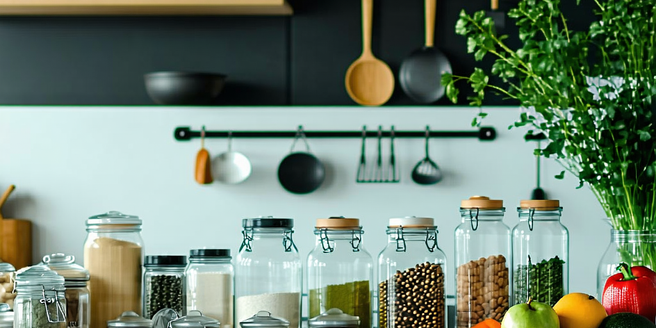Mastering Decluttering With Free Expert Advice

Understanding the Basics of Decluttering
Decluttering is more than simply tidying up your space; it’s about creating an environment that supports your well-being. Begin by evaluating your belongings: keep what is useful or brings you joy, and let go of the rest. Set aside time for decluttering sessions and tackle one room or area at a time to avoid feeling overwhelmed. Establish decluttering goals, like reducing 50% of your wardrobe or clearing out the garage. Consistency and patience are key to maintaining clear spaces. Recognize that decluttering is a cyclical process, necessitating regular assessments of your needs and possessions. Embracing minimalism doesn’t mean getting rid of everything but finding a balance that resonates with your lifestyle.
Identifying Clutter Hotspots in Your Home
Clutter hotspots are areas in your home that accumulate items quickly and frequently. Common hotspots include entryways, kitchen counters, and home offices. To effectively manage these spaces, first analyze why they attract clutter: is it convenience, habit, or lack of organization? Develop solutions by implementing storage solutions such as hooks and baskets, and station a ‘catch-all’ bin for miscellaneous items. Regularly clear these hotspots to prevent the pile-up of unnecessary items. Training family members to store items in designated spots rather than in hotspots builds a team-focused approach to maintaining order. Identifying and addressing these magnets for clutter can significantly improve your home’s functionality and cleanliness, making it easier to maintain a clutter-free environment.
Creating a Personalized Decluttering Plan
Personalizing your decluttering plan is crucial for success. Start by setting clear, achievable goals based on your lifestyle and needs. For example, focus on decluttering one room a month, making it manageable and less stressful. Assess each room’s function to determine what items are necessary and which can be removed. Develop a sorting system of categories like keep, donate, and discard. Allocate specific times each week dedicated to decluttering, so it becomes an ingrained habit. Customize storage solutions that fit your space and preferences, such as adjustable shelving or decorative bins. Tracking your progress keeps you motivated and helps recognize areas needing improvement. A tailored decluttering plan ensures sustainability and aligns with your vision of an organized, efficient home.
Free Expert Tips for Streamlining Your Spaces
Streamlining your space doesn’t have to be a daunting task. Experts suggest starting small, focusing on a single shelf or drawer to build momentum. Incorporate the ‘one in, one out’ rule to maintain balance when acquiring new items—this prevents excess accumulation. Use labels to clearly identify where items belong, making organization straightforward for everyone in the household. When deciding on storage solutions, aim for practicality and aesthetics to create an inviting space. Consider multi-functional furniture that maximizes space usage without clutter. Decluttering experts recommend a daily ten-minute tidy-up to maintain order and ensure your house never spirals into chaos. Taking advantage of free online resources and community workshops can offer new perspectives and techniques for maintaining a clutter-free home.
Sustainable Decluttering Practices
Sustainable decluttering practices are vital for the environment and your well-being. Start by donating or recycling items, steering clear of disposal in landfills whenever possible. Adopt a conscious consumer mindset by evaluating the necessity of each new item before purchase. Opt for quality over quantity, choosing items that will last and bring lasting satisfaction. Introduce green cleaning habits by using eco-friendly products that reduce harmful chemicals. At each stage, assess how items can have a second life, such as repurposing old clothes into cleaning rags. Establish a regular decluttering schedule focusing on maintaining sustainability, ensuring your actions contribute positively to the environment. This approach reduces waste and fosters a mindful relationship with possessions.
Maintaining a Clutter-Free Lifestyle
Maintaining a clutter-free lifestyle is an ongoing commitment. Begin by creating daily and weekly routines that encourage organization, such as a quick evening tidy-up sessions. Regularly reassess areas prone to clutter, ensuring they meet your evolving needs. Incorporate mindfulness practices to appreciate your space and the calm it brings. Practicing gratitude for what you own can curb the desire to acquire unnecessary items. Limit impulse purchases by tracking your spending and creating a thoughtful list of needs versus wants. Engage family members to participate in maintaining organization, delegating chores to instill responsibility and teamwork. Celebrate your decluttering achievements, using them as motivation to sustain this lifestyle and enjoy the benefits of a clutter-free environment.